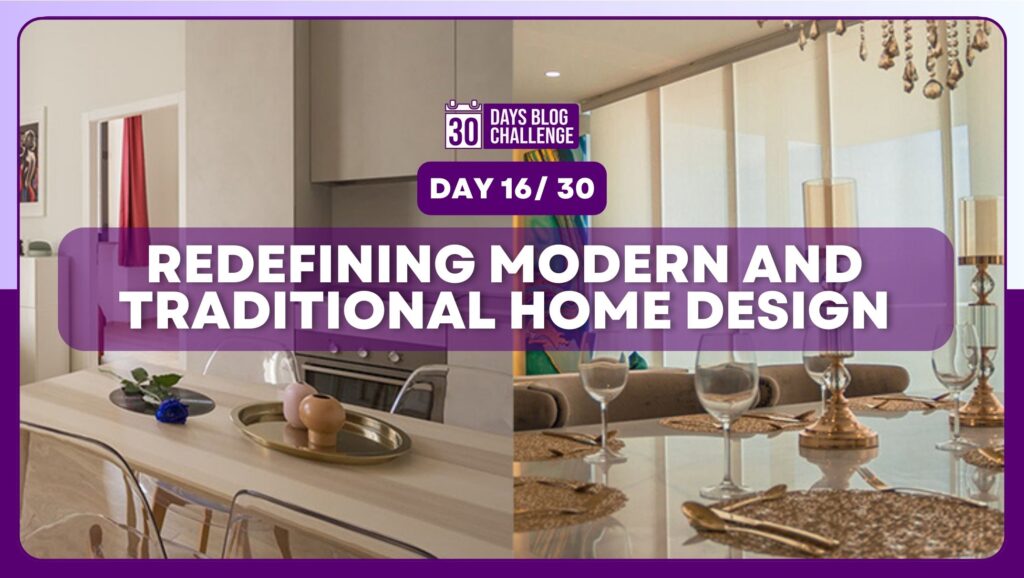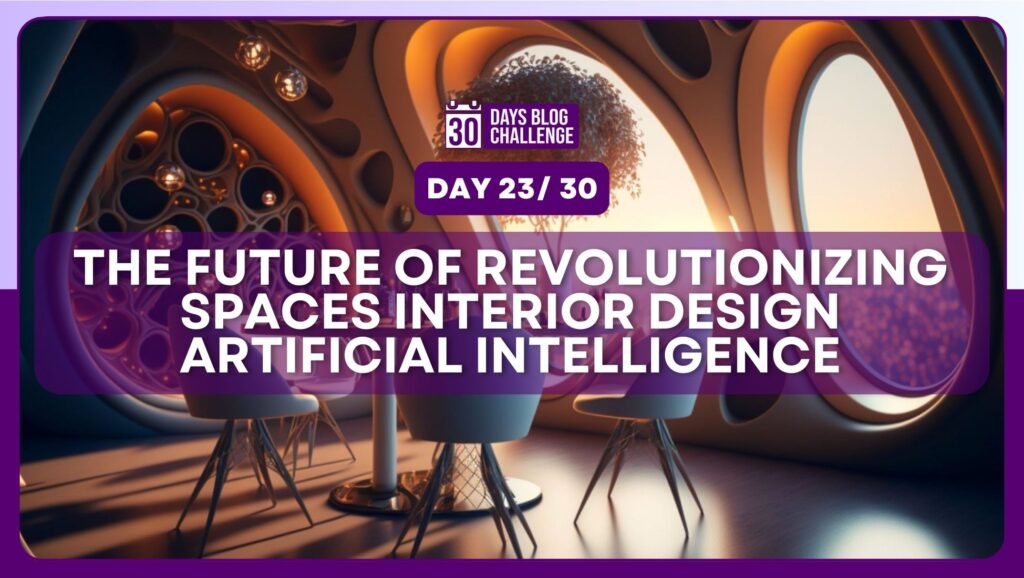Redefining Modern and Traditional Home Design
In the world of architecture, the terms “traditional” and “modern” often evoke images of old versus new. However, these labels go beyond mere age, encompassing a spectrum of styles and philosophies that shape our living spaces. Let’s delve into the nuances of traditional and modern home design to understand their distinct characteristics and how they redefine our notions of living.
1. Floor Plan
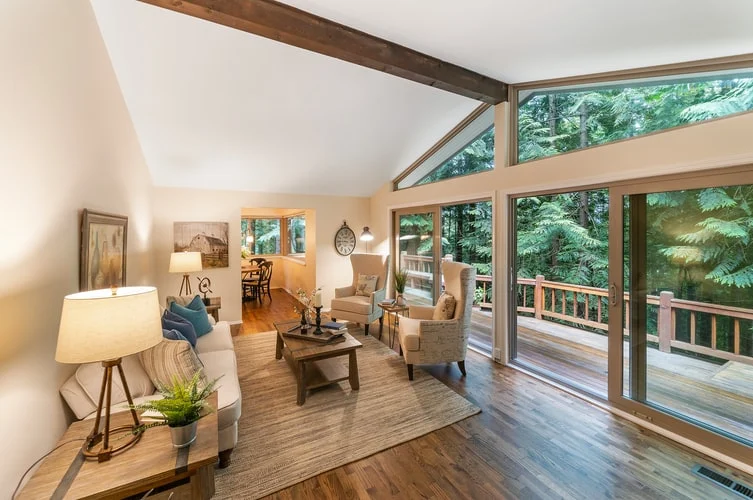
Traditional homes, characterized by their rich history and timeless charm, typically feature larger floor plans divided into several small, single-purpose rooms. In contrast, modern homes embrace open-concept layouts, maximizing space and functionality through multi-purpose rooms and minimalistic design.
2. Windows & Lighting

The approach to windows and lighting sets traditional and modern homes apart. Modern homes prioritize natural light, incorporating large windows and skylights to create airy, light-filled interiors. Conversely, traditional homes often feature smaller, symmetrical windows, relying more on artificial lighting and intricate details like stained glass for added elegance.
3. Materials
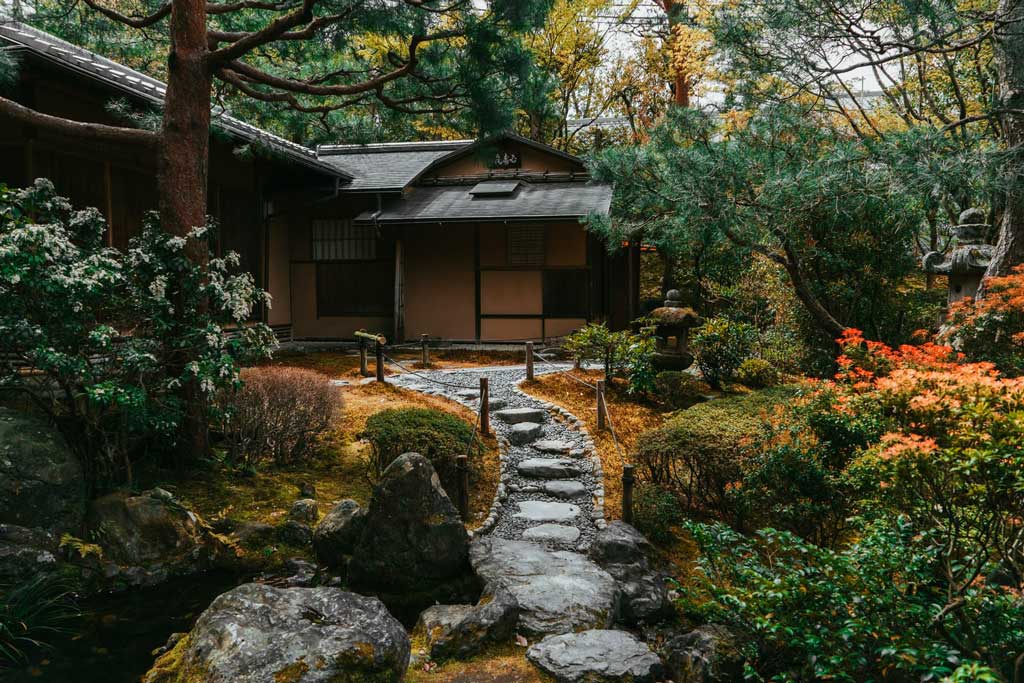
Traditional architecture relies on locally-sourced materials such as brick, wood, and stone, reflecting a deep connection to the surrounding environment and culture. In contrast, modern architecture embraces technologically-advanced materials like concrete and reinforced steel, prioritizing functionality and simplicity in design.
4. Decoration & Furnishings
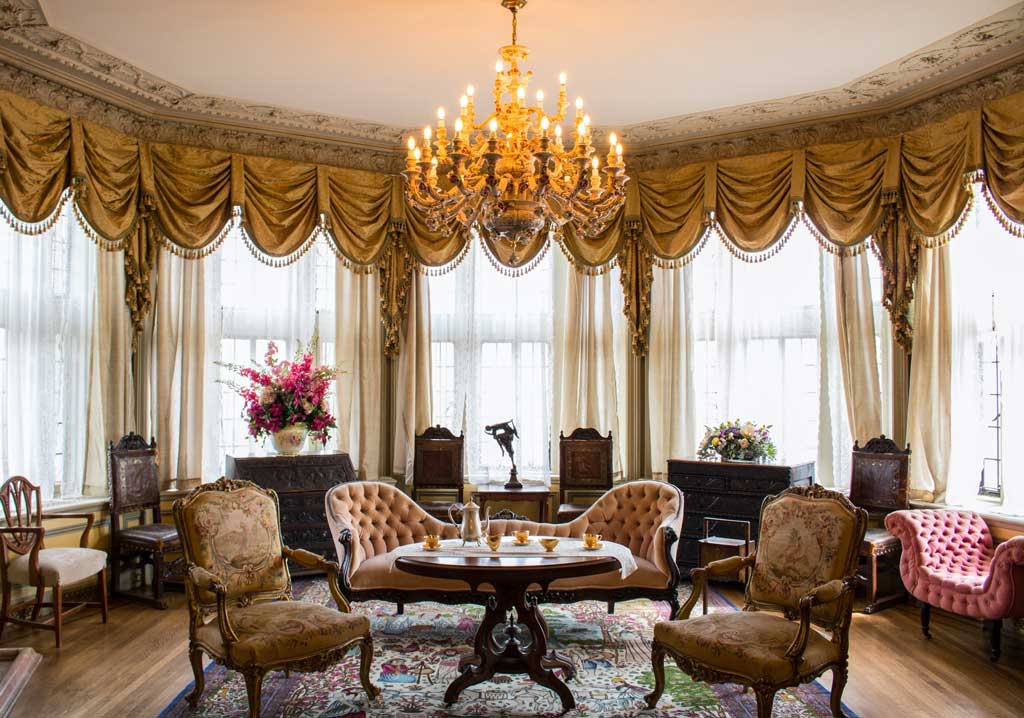
In interior design, traditional homes exude warmth and comfort, with a focus on classic furnishings, ornate details, and a cozy atmosphere. Modern interiors, influenced by minimalist principles, feature clean lines, industrial materials, and innovative storage solutions for a sleek and contemporary look.
5. Conclusion
While traditional homes offer a sense of history and character, modern homes prioritize efficiency, innovation, and adaptability. Both styles have their merits, appealing to different tastes and lifestyles. Ultimately, the choice between traditional and modern home design is a matter of personal preference, reflecting our evolving relationship with architecture and the spaces we inhabit.

